The Legend of Zelda has changed a great deal since Link’s first adventure in the land of Hyrule. While many characteristics have changed, some have been pretty much constant, or at least a regular recurrence. You can pretty clearly see the link (no pun intended) from Tears of the Kingdom, stretching all the way back in time to the very first Zelda game on the NES – be it the gameplay, the characters, or the location. Even my personal favorite and first-ever experience with the franchise, Wind Waker, proudly flaunts its lustrous heritage. The kingdom is as iconic as the Mushroom Kingdom or Middle-earth.
Ever since the original game, subsequent titles would re-use the location again and again, with only a few moving to explore new regions. But exactly how many iterations of Hyrule have we seen in The Legend of Zelda? The landscape has changed a lot, from an 8-bit flat grid in 1986 to a glorious 3D world in Ocarina of Time; and most recently the huge (but poorly rendered) map in TotK. Here is every iteration of Hyrule in the franchise.
The Legend of Zelda (1986)
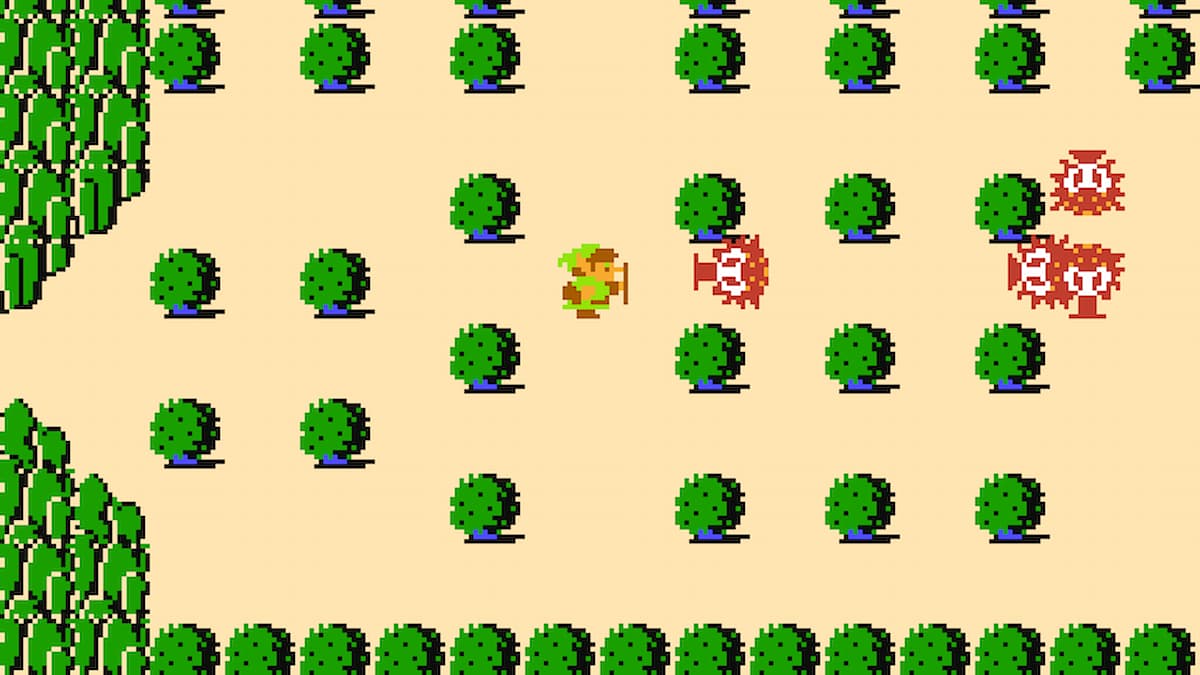
The best place to start is the original – the template for all future iterations. The Legend of Zelda (1986) introduced gamers to the sprawling land of Hyrule. This version contained all the most well-known areas – including Lake Hylia, the Graveyard, Death Mountain, and more. However, most of these names weren’t known to players yet. In fact, Nintendo itself may not have thought of a name for each location.
It’s easy to look back now and see the first dungeon as the husk of the great Deku tree, but at the time not many thought much of it. Aside from what would later be iconic locations, Hyrule also hides nine dungeons that must be conquered. The map is notorious for hiding secrets in random sprites such as the bushes or boulders around the map; meaning if you don’t have a guide, you’ll be setting fire to or pushing or blowing up every part of the map to try and uncover the next secret.
Zelda II The Adventure of Link (1987)
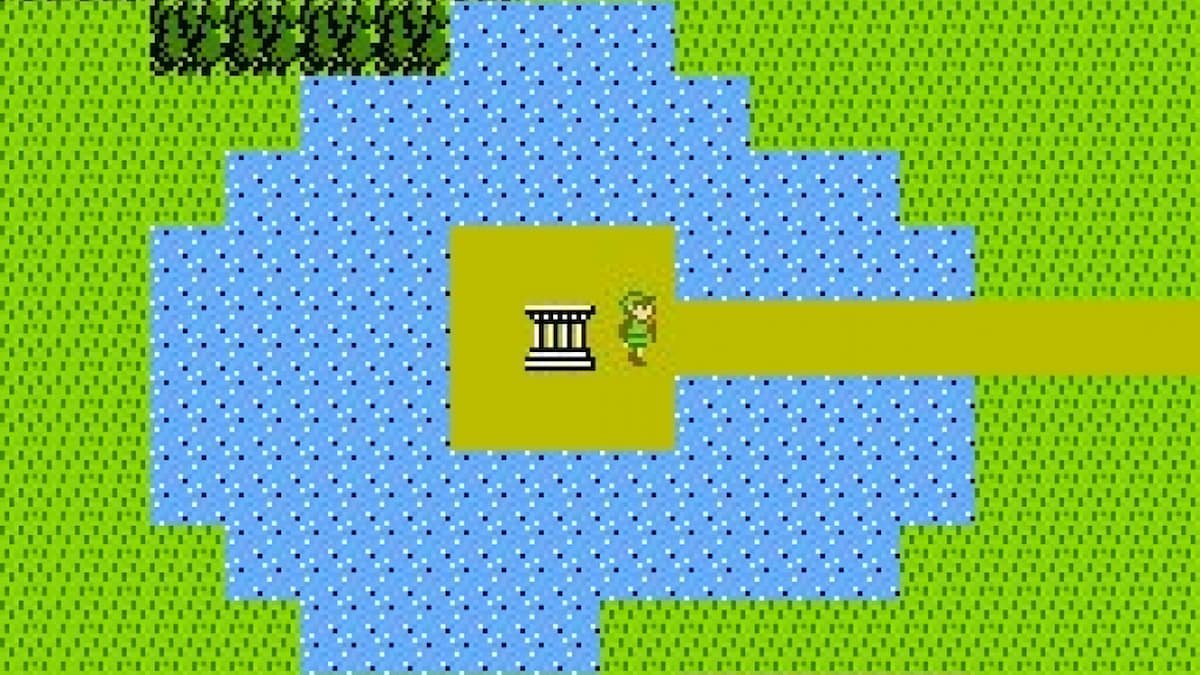
This new Hyrule did away with the grid and, instead, let players walk across the whole map pretty much freely. The main map is seen from a top-down perspective, but the game frequently shifts to a side-scroller whenever in combat, a dungeon, or a village. Villages are probably the most obvious addition to the map, as Link can now visit and rest in their safety.
Some iconic locations — including Death Mountain — return, but large portions of Hyrule changed drastically between the two NES-era titles.
A Link to the Past (1991)
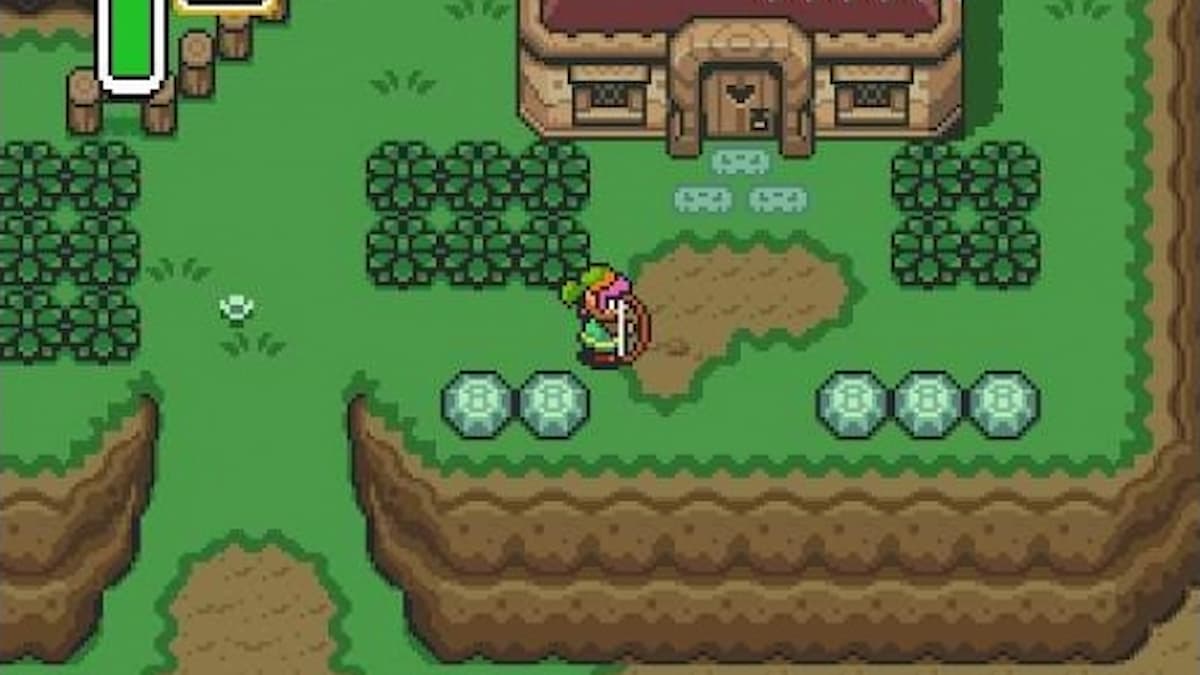
Arguably the most lively and beautiful version of Hyrule set on a 2D plane, A Link to the Past saw a more seamless map with villages, the castle, forests, mountains and lakes all accessible to the player whilst they are in the overworld. It felt truly open for the first time and the inclusion of more characters and NPCs along with a variety of enemies meant Hyrule had never felt more enticing to explore.
The third entry in the Zelda franchise was also the first to introduce the concept of the dark world. Later games would re-use this idea but in a slightly different way. The dark world is basically a mirror image of the main map but more brutal. This meant that the game offered two versions of Hyrule to explore, twice the adventure!
Ocarina of Time (1998)
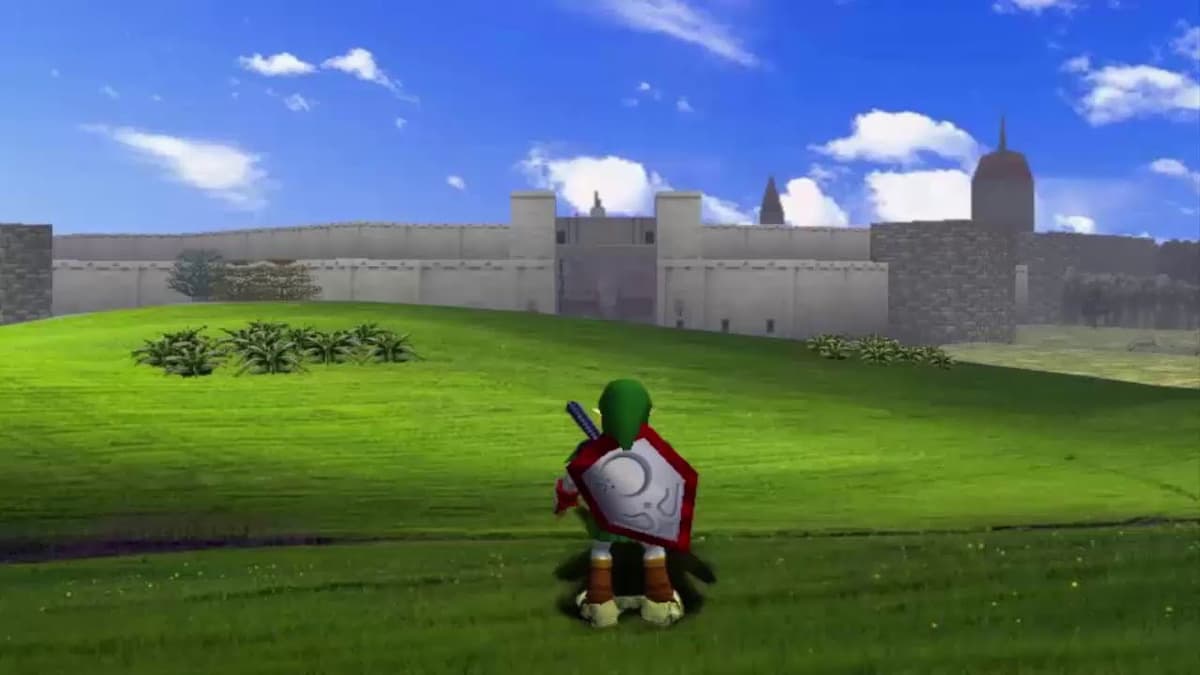
For the first time ever we were able to explore the land in three dimensions. With this whole new perspective came a new approach to how Hyrule was to be explored. Link starts out in the Kokiri forest and ventures across the great field to the kingdom. From there we get to see Death Mountain and the Gorons who reside there. We see Lake Hylia and the Zoran city, and we see Kakariko village. All the elements from previous games are there, just more alive than ever.
There is also a day and night cycle now. Crossing the Hyrule field can become very dangerous whilst the moon is out. However, the land does feel a bit empty in parts and most of the map is just one large field with locations the player can actually explore toward the edges of the map. Players also get to witness the future version of the kingdom too where Ganon has taken over the castle. It’s more apocalyptic and depressing, very similar to the Dark World in A Link to the Past.
Wind Waker (2002)
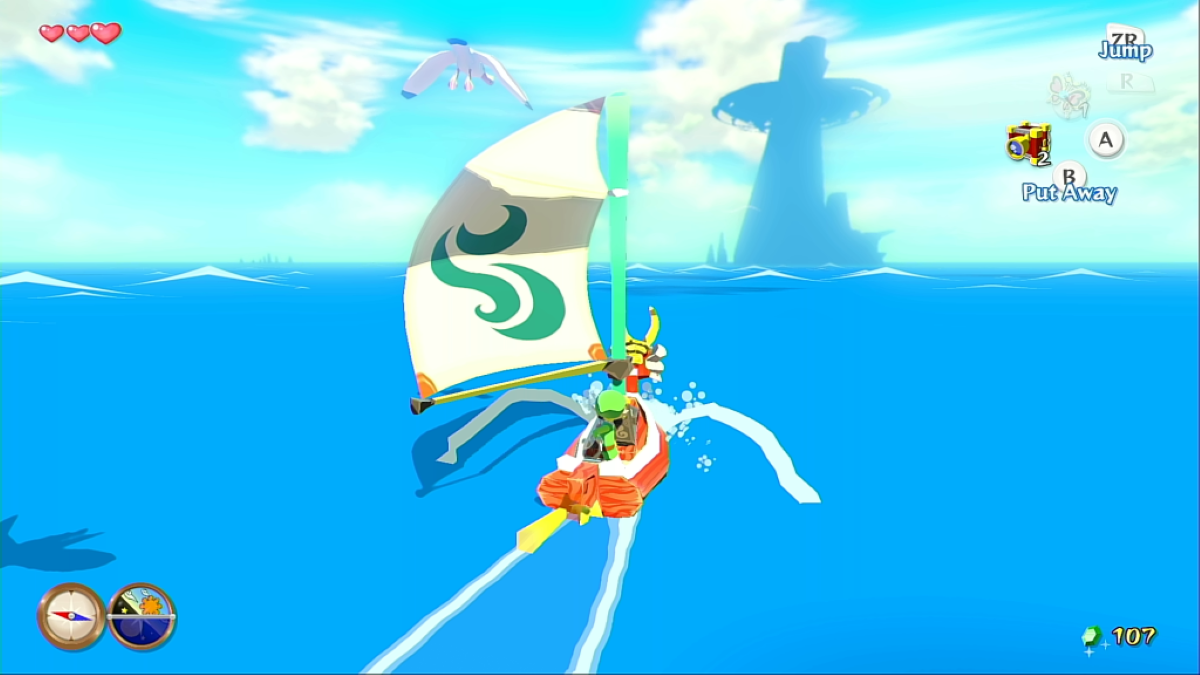
Okay, so this has to be one of the most radical changes made to Hyrule in the entire franchise. To stop the evil warlock, Ganon, from returning, the land was completely flooded. The events of the game take place hundreds of years after the flood and the world players got to explore was known as “The Great Sea.” Is it right to still consider this an iteration of Hyrule? Technically it takes place just above the kingdom, it’s still there, it’s just under all of that water.
Obviously the map being a huge ocean gave players the chance to explore in a way that they never had before. Facing off with pirates and exploring the islands that poked above the surface of the water really had a hand in creating some core memories for fans such as myself. Of course, later in the game Link gets to explore a bit of the old kingdom, and the backstory makes this version of Hyrule one of the most interesting lore-wise and one of the most fun to traverse gameplay-wise.
Four Swords and Four Swords Adventures (2002-2004)
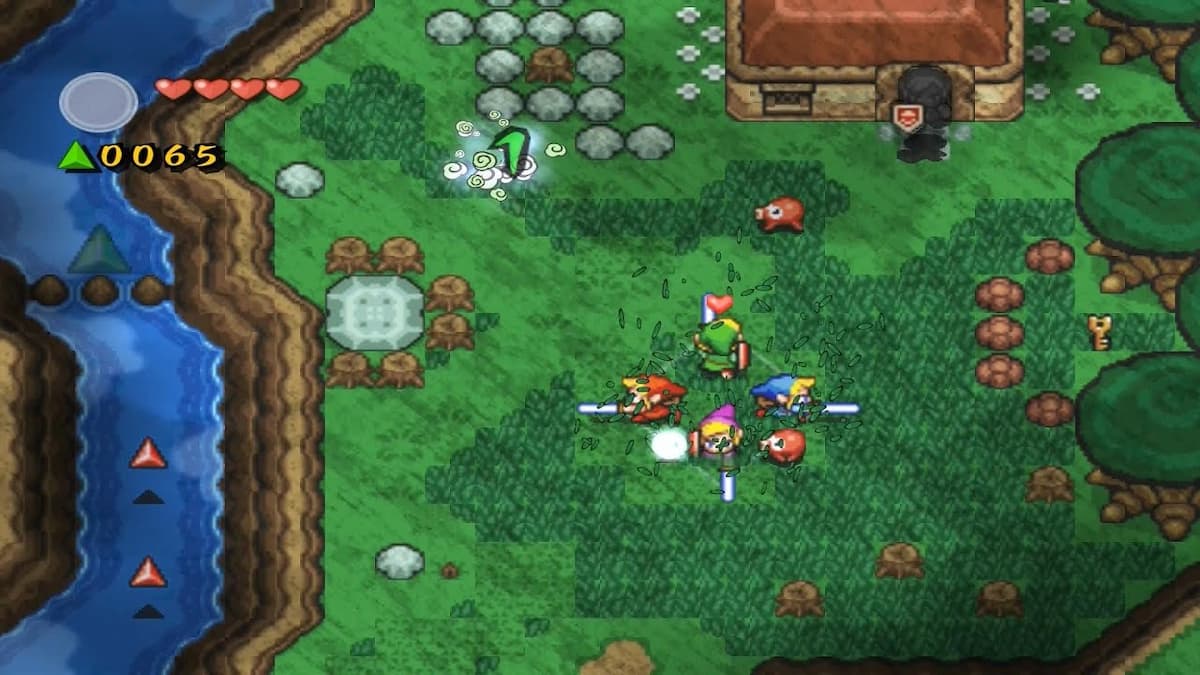
Four Swords returns to the 2D top-down perspective of the world similar to A Link to the Past – although players aren’t as free to travel the overworld as they must choose the stage they wish to play. The same goes for the follow-up game Four Swords Adventures, which took a similar approach to the land of Hyrule. Both games do still feature the iconic locations players have come to know and love so that’s a plus.
The Minish Cap (2004)
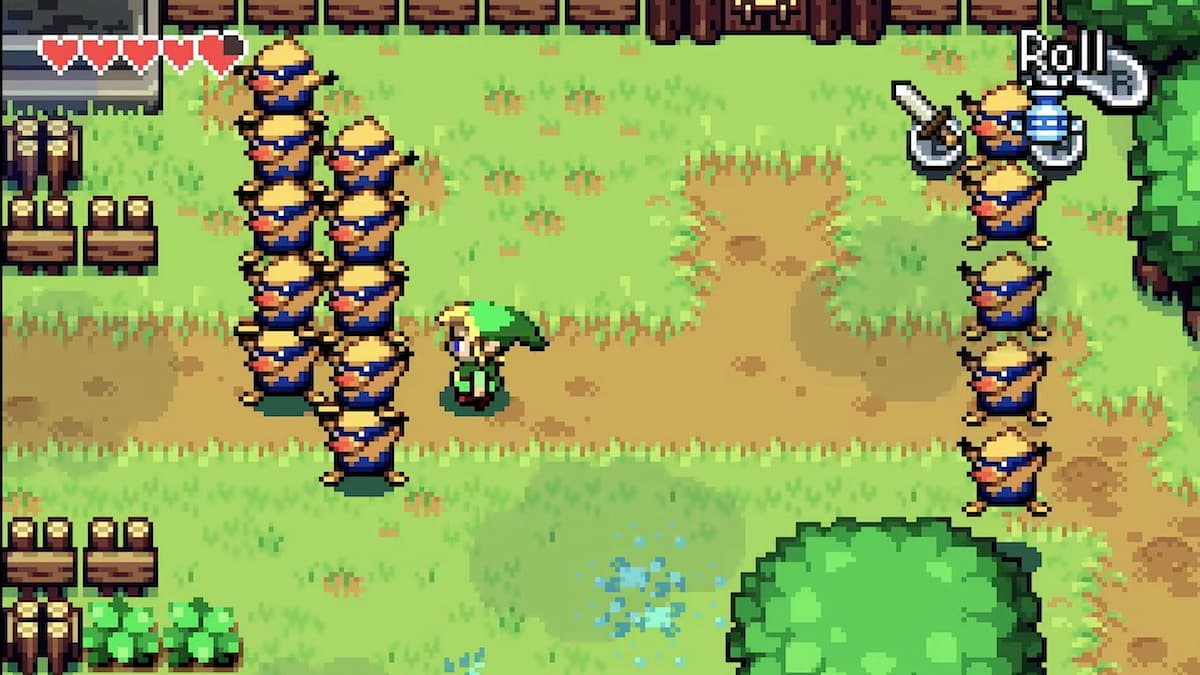
In the Zelda timeline, the events of this game happen long before Ganon but not too long after the kingdom of Hyrule was established. This version is similar to the Four Swords games. However, players are now free to wander the overworld at their own pace again. With that freedom comes the opportunity to explore the land.
Twilight Princess (2006)
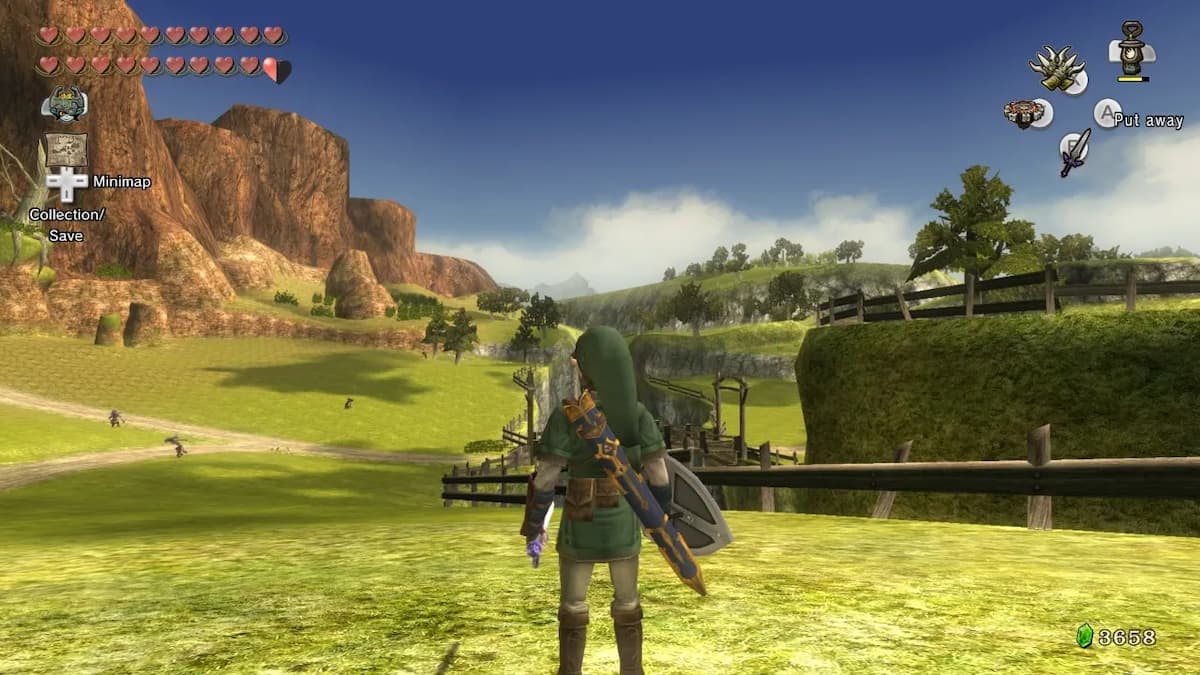
With the Twilight Princess, we essentially got everything that Ocarina of Time had tried to deliver on but the technology of the time had held it back. Hyrule was back and larger than ever, very similar in layout and look to its OoT counterpart. Only this time there was much more to do with much more space to roam around. The whole overworld is still broken up into sections and you can’t travel around seamlessly like later installments but it all feels pretty open and ripe for exploration. The improvement in graphics really shows too, even if it does seem a little dated by today’s standards.
Spirit Tracks (2009)
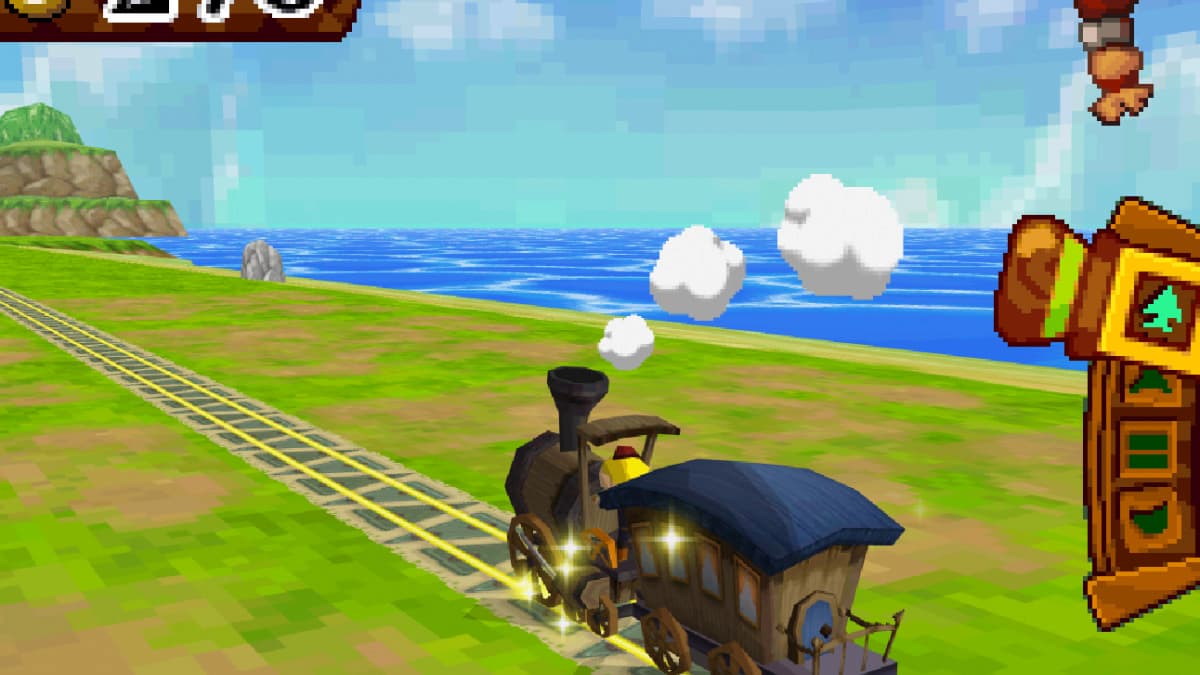
Set a few generations after the events of Wind Waker and The Phantom Hourglass. Spirit Tracks actually gives us a new kingdom. After the original was flooded, Link and Tetra (AKA Zelda) and the pirates set out to find a new land to settle in. When they finally did, they christened the land “New Hyrule.”
You won’t find any of the familiar locations in this version, it’s a completely new map. On top of that the whole overworld is covered in train tracks, which is the main mode of transport for Link and Zelda. It’s definitely different from anything we’ve seen before and it’s surprisingly engaging to be a train conductor in Hyrule; the new mode of transportation makes up for the missing mainstays from a usual Zelda game.
Skyward Sword (2011)
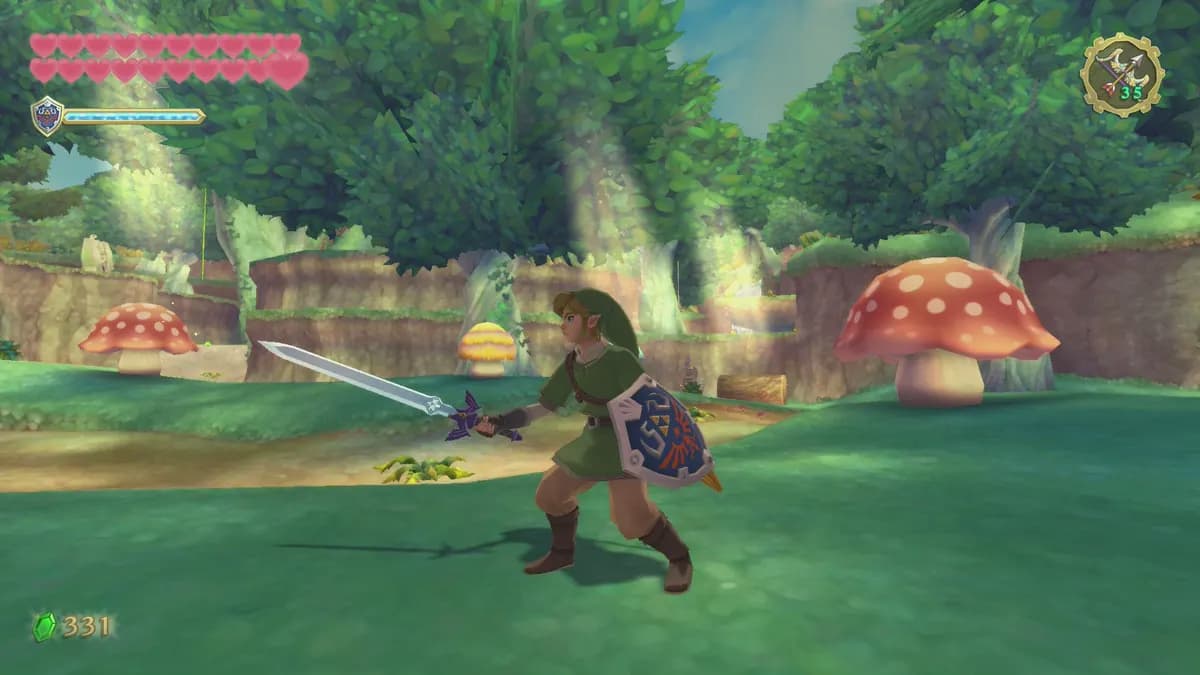
Again, it’s a bit iffy as to whether we should count this one. Technically the events of Skyward Sword take place before the kingdom was established. However, the surface world below Skyloft is the same land that Hyrule becomes so there’s definitely a case to be made.
We still have Death Mountain – referred to as Eldin Volcano. We have Lanayru, the desert area seen in previous versions of Hyrule. We have the mass of trees where the lost woods and Kokiri forest are. All we’re really missing is the castle. It’s definitely different from how players are used to seeing the kingdom, but it’s still got enough recognizable locations to say without a doubt that this is definitely Hyrule.
A Link Between Worlds (2013)
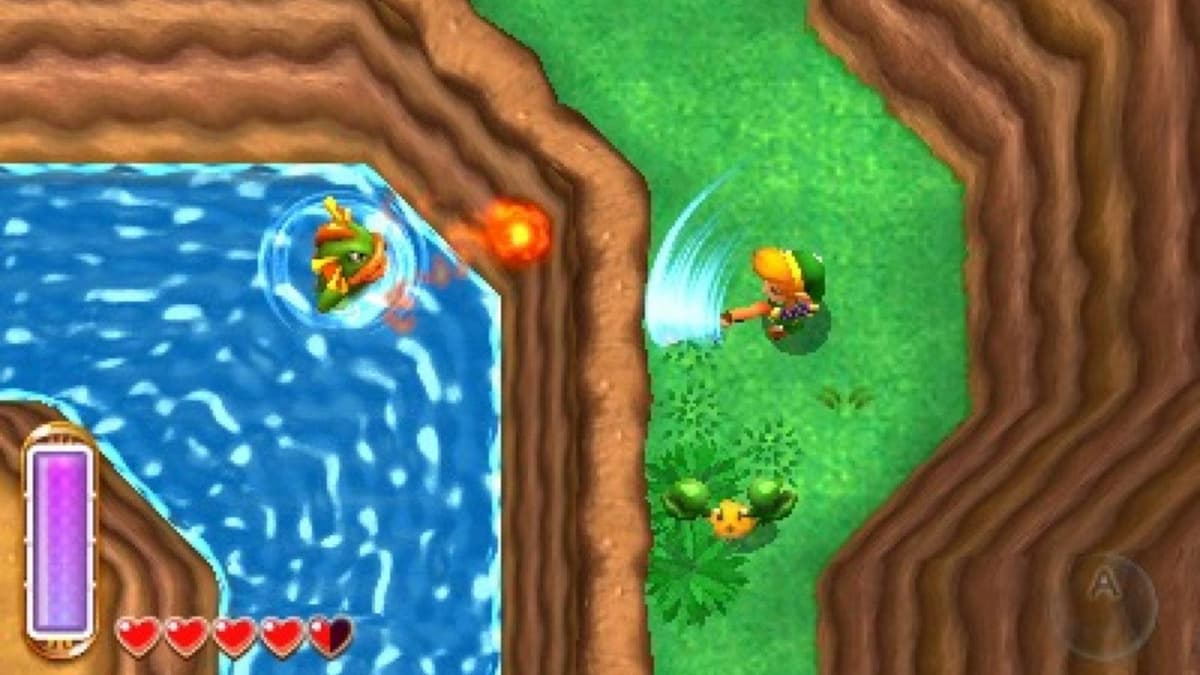
If the name doesn’t make it blatantly obvious, this game takes a lot of inspiration from A Link to the Past. Once again we see Hyrule from a top-down perspective but this time with 3D graphics instead of 2D sprites. The map is pretty much exactly the same as the SNES version and instead of the Dark World we have the mirror dimension.
Breath of the Wild (2017)
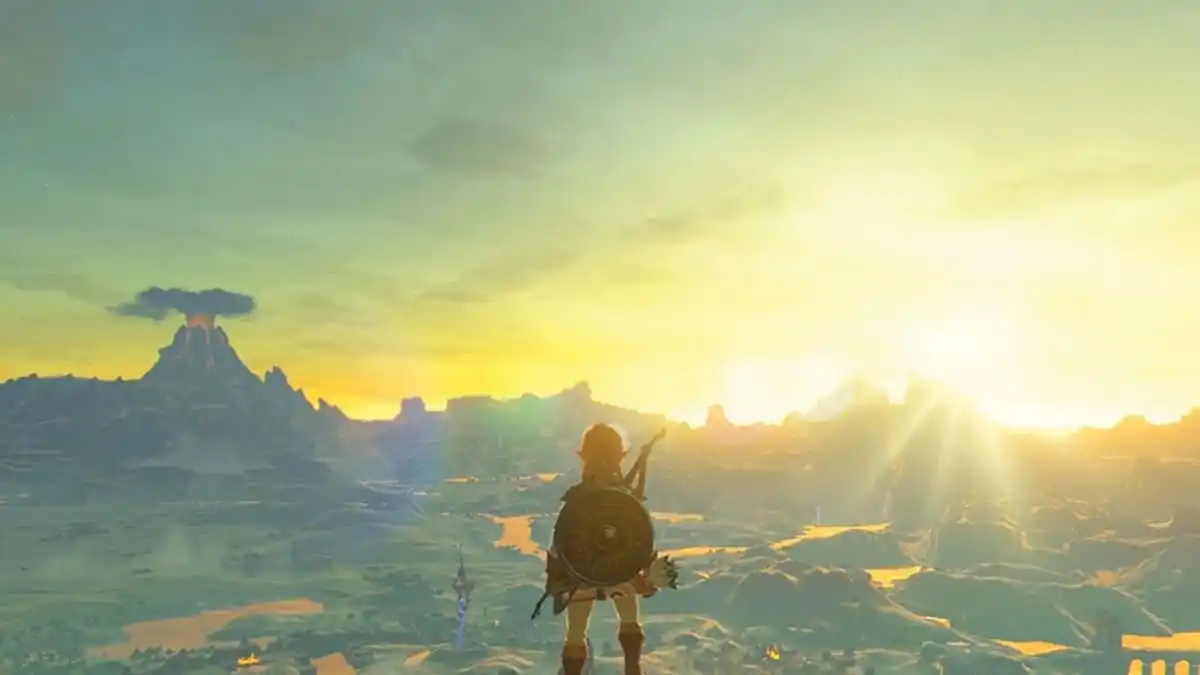
Arguably the boldest version of the game world we’ve seen yet. The map is massive and it all connects seamlessly. There are no little loading screens between sections and traversing the rolling hills of Hyrule has never felt so peaceful – that is, until you get spotted by a Guardian. The complete freedom to explore the world with no pressure to complete a clear objective hearkens back to the very first time we saw Hyrule in 1986. There are so many secrets held within the map that players could spend years exploring without discovering every detail. The only drawback is that it can feel a little too empty at times.
Tears of the Kingdom (2023)
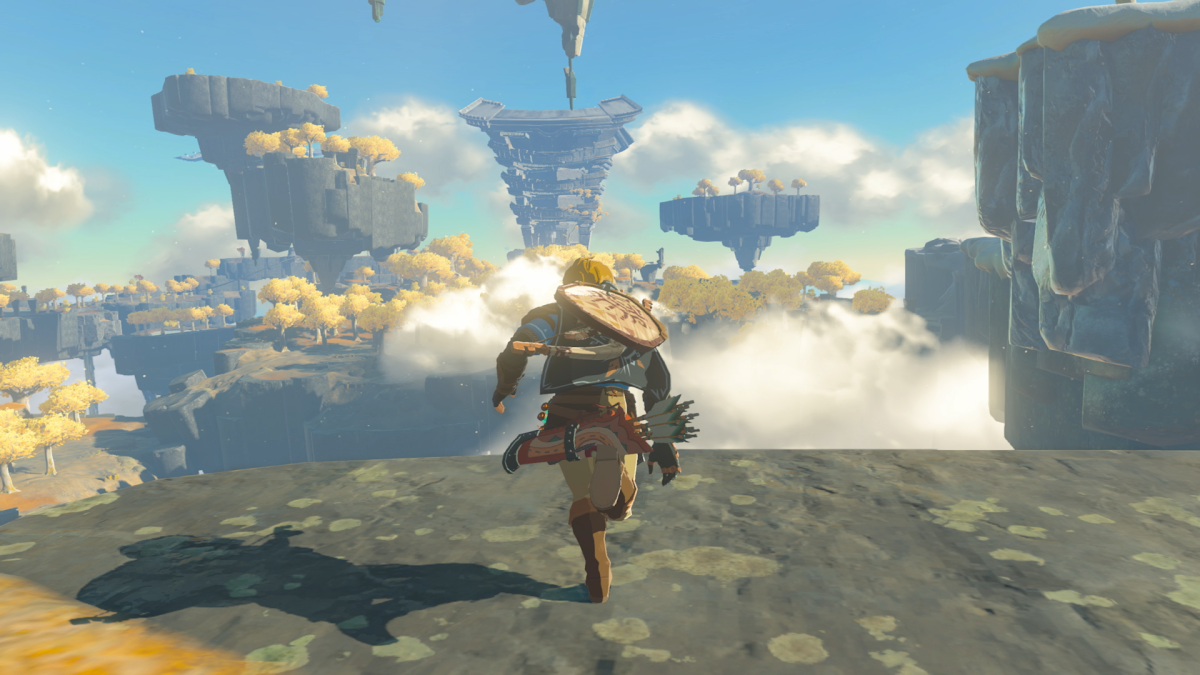
The latest addition to the franchise sees us in the same version of Hyrule from Breath of the Wild. However, the world Link and Zelda inhabits has been changed a great deal. Now there are floating islands to explore, on top of that we also have classic dungeons returning so there’s definitely a lot more to be excited about with this version of the world.
An ever-changing landscape
Whilst Hyrule has been pretty constant throughout the Legend of Zelda franchise, it has seen a great deal of change. As technology advanced and developers were able to get closer and closer to what players could only imagine in 1986, it’s safe to say we now have a pretty exciting and lively kingdom. Will future iterations give us even more? Probably, each time we return to Hyrule there’s always something new to love.

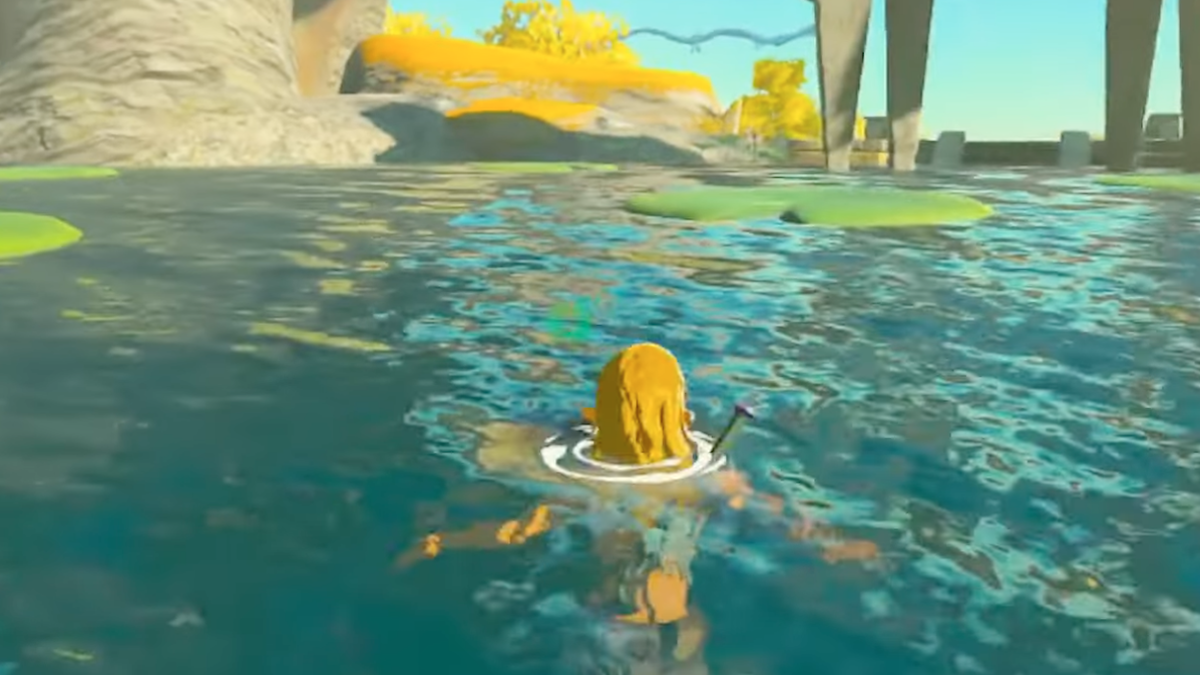
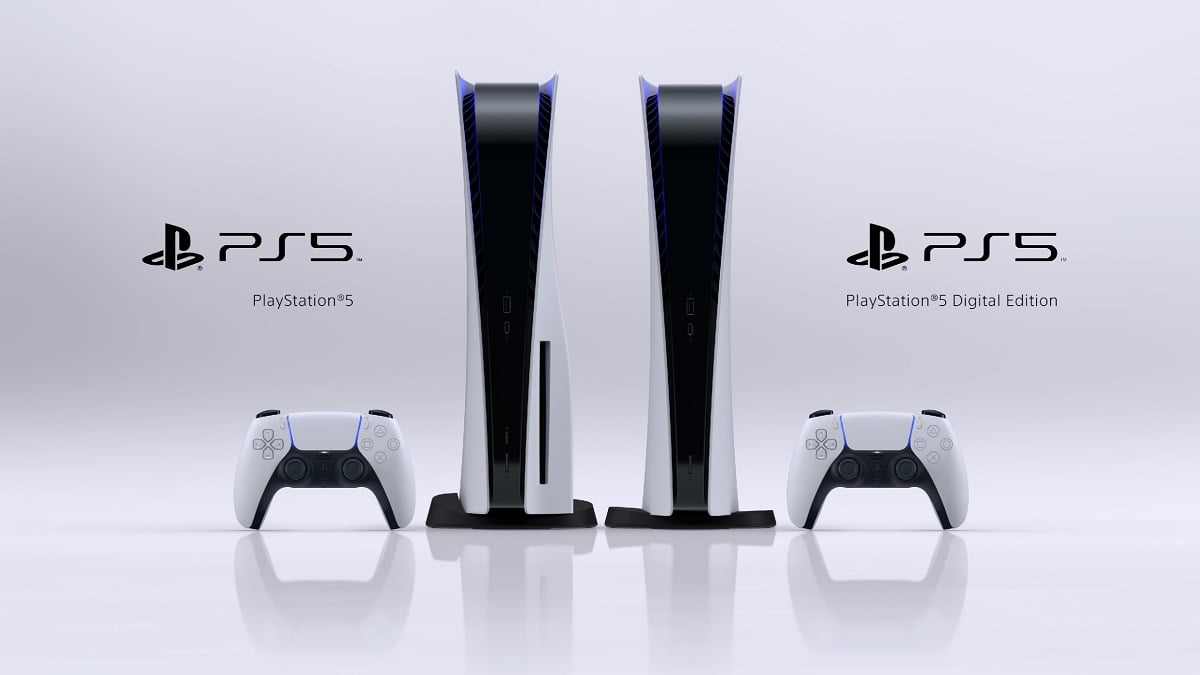

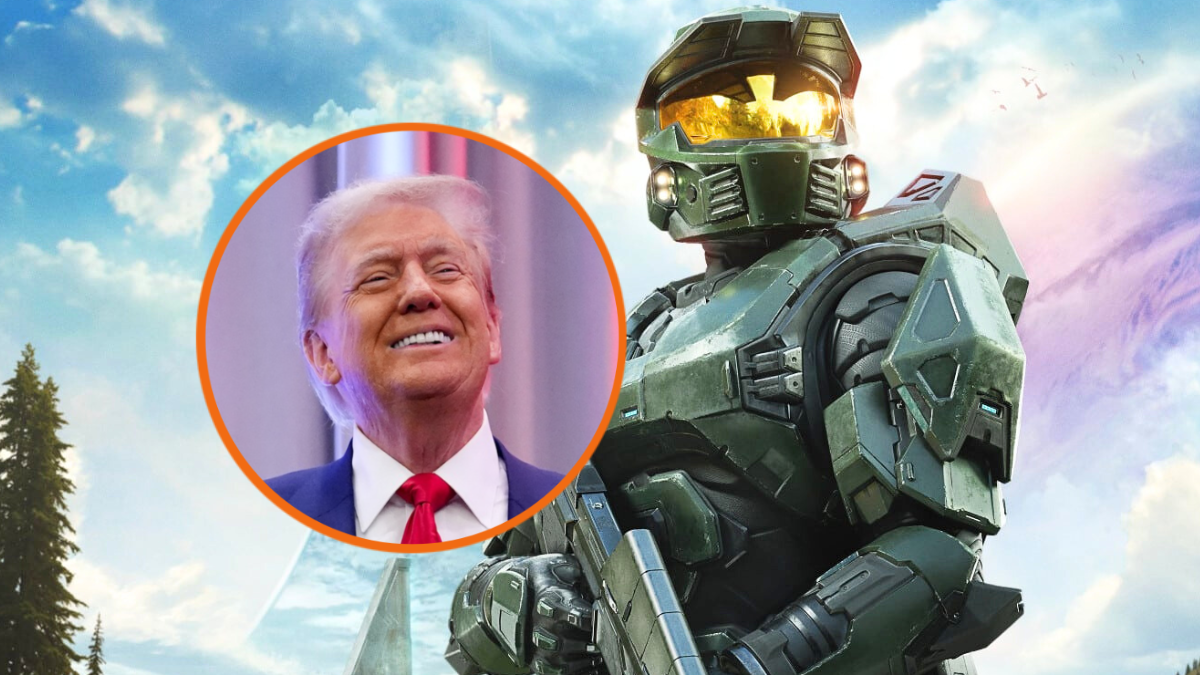

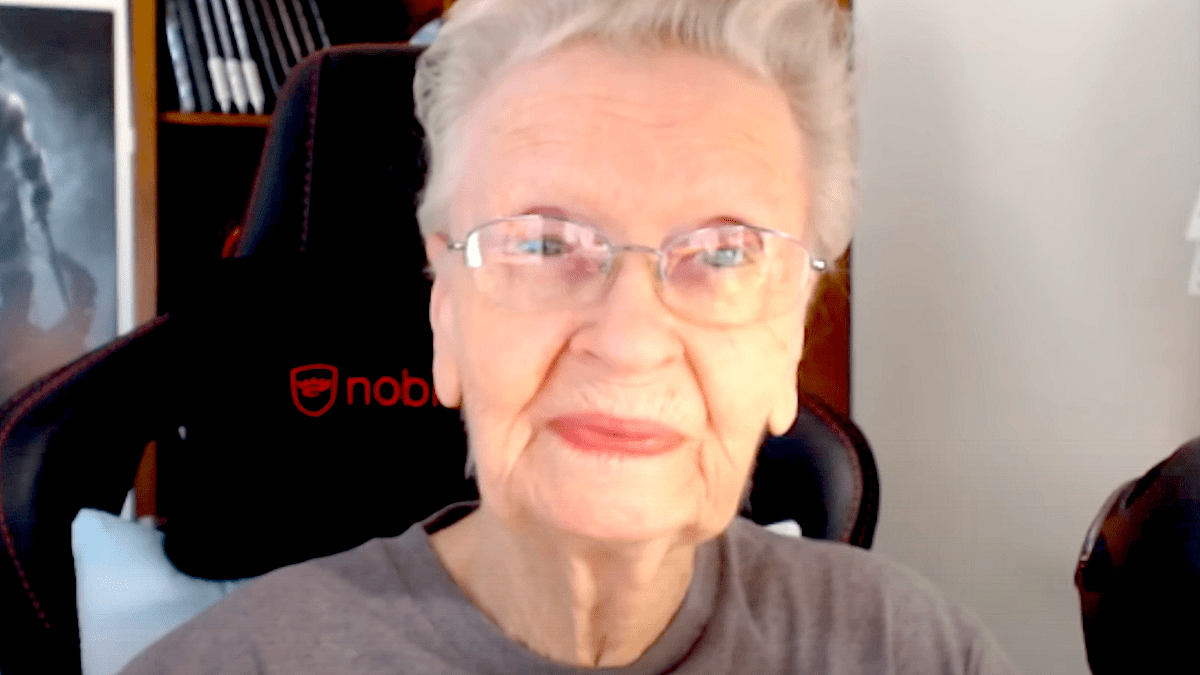
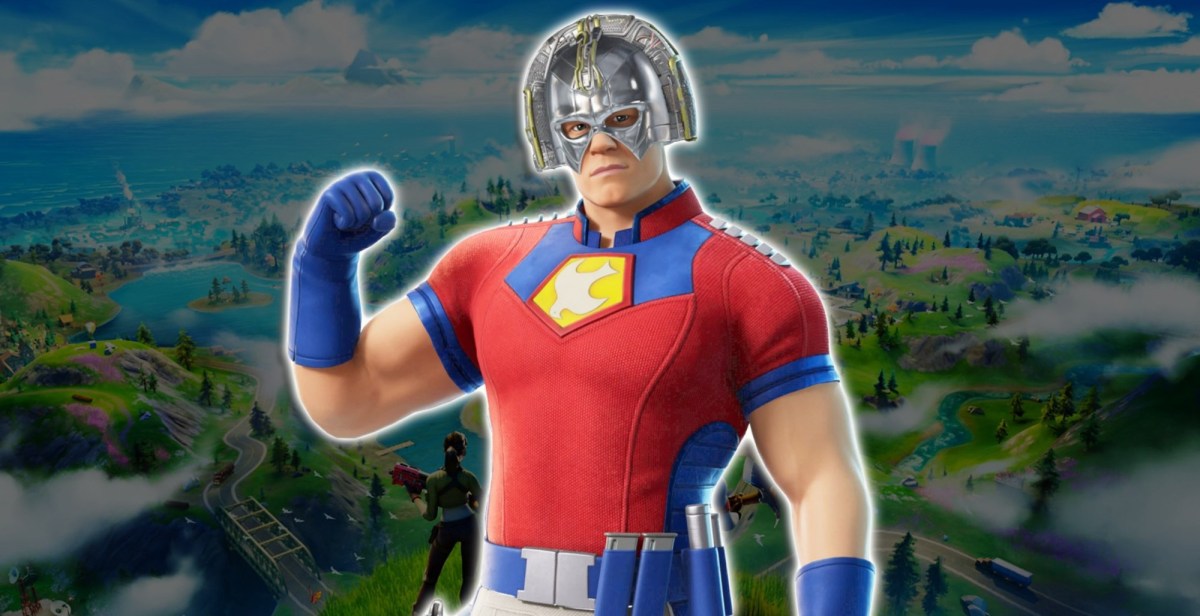
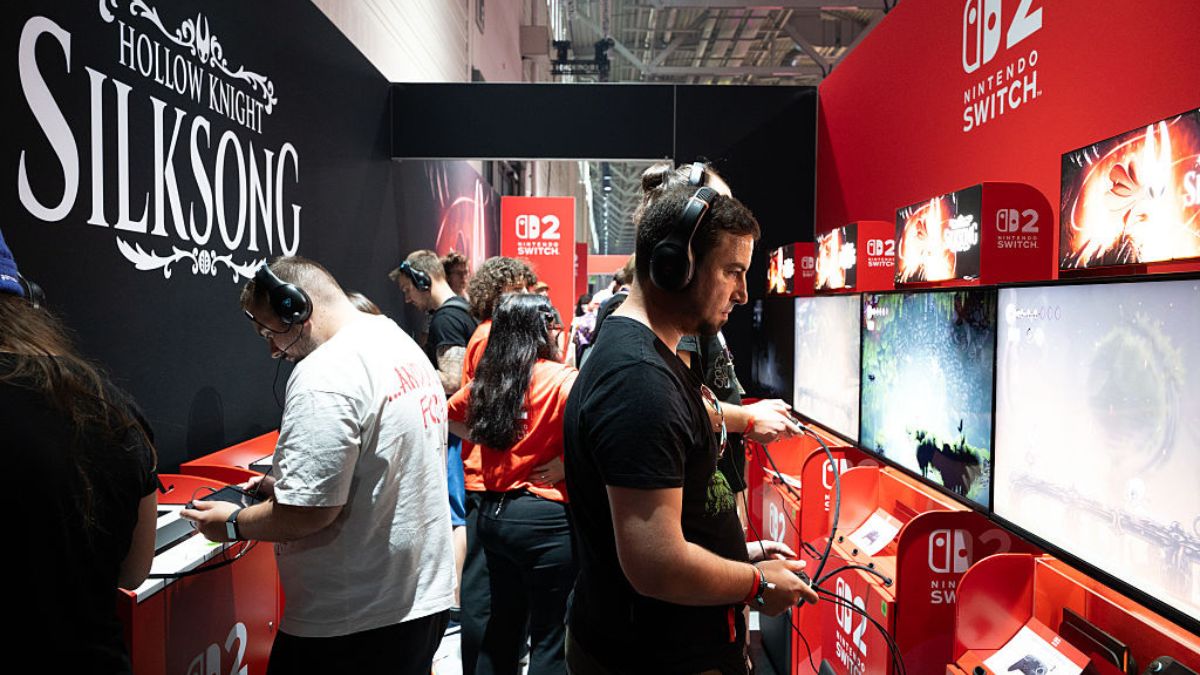
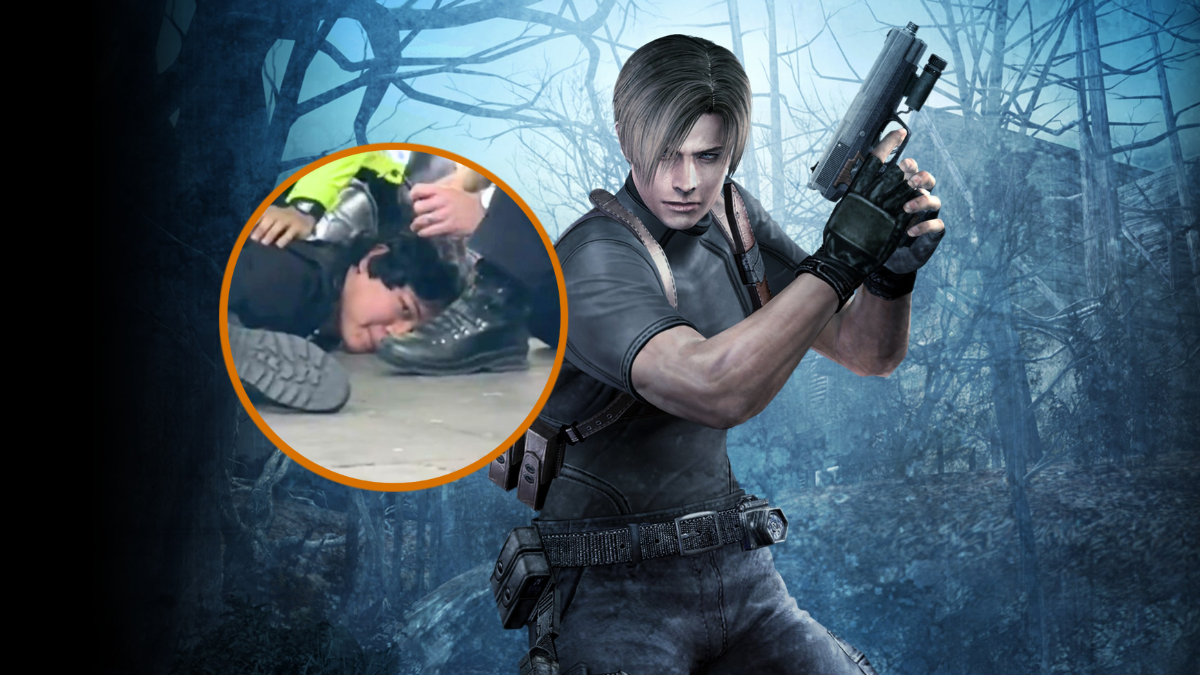

Published: May 15, 2023 01:07 pm